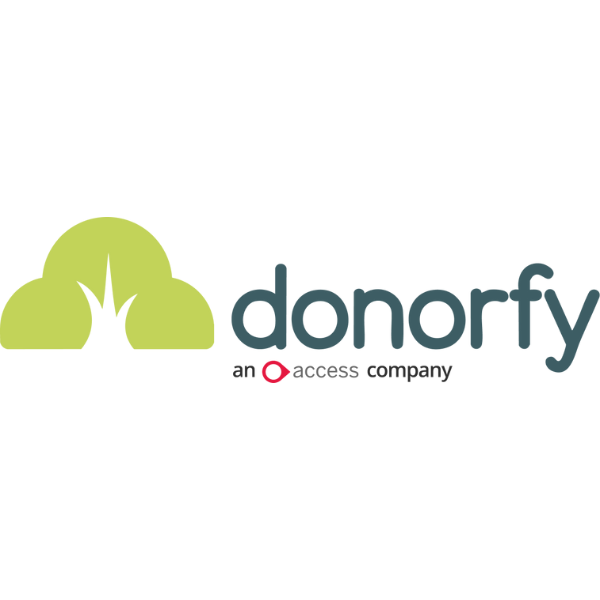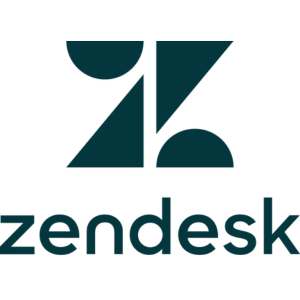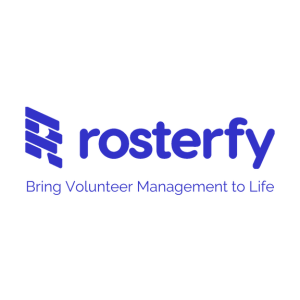Insights
INSIGHTS
All Topics
The road to better supporter journeys
09 May 2024by Laura Stanley
We explore the key stages of a supporter journey and how charities can turn would-be supporters into strong advocates for their cause
The best supporter journey is a long one. Not in terms of the number of steps it takes to donate (in fact, the opposite), but in terms of the length of time your donors, volunteers, fundraisers, and partners are motivated to offer their support. The best supporter journeys go beyond the one-time donation to build trust between a charity and its supporters so that they return to offer their help in future.
A good supporter journey is tailored to the needs of your audiences. In a world where everything from our shopping to our banking is online, supporters are more familiar with what constitutes a seamless online experience and what, crucially, doesn’t.
This is where data comes in. Or more specifically, where you keep it. A charity CRM system is a vital tool in any charity’s fundraising arsenal because it allows charities to tailor their interactions with each individual supporter and track success.
As CRM provider Beacon points out in its whitepaper “From Outsider to Advocate: How to craft unforgettable supporter journeys with modern CRM”, “When you add brilliant CRM to the mix, most of your supporter journey can be completely automated. From personalising your comms, to impact reporting, segmenting your different audiences, and flagging areas that might need improvement.”
Indeed, the right CRM system can show charities the full map of their supporter journeys, from someone’s first interaction with them to each step they took afterwards, making it easier to see what’s worked and what hasn’t.
Beacon notes that there are five key stages to a supporter journey: Awareness, Interest, Support, Nurture, and Advocate. In this article, we explore what each of these stages entails and how charities can use them to supercharge their fundraising.
The five stages of a supporter journey
Awareness
According to Beacon, “The awareness stage serves to put your cause in front of people who might be interested in supporting you.” This means finding the online spaces where your audience already are and using those platforms to make them aware of your cause. It all depends on who you are trying to reach and what you hope to achieve. Gaming for Good, for example, is a great way for charities to reach millennial and Gen Z supporters who are already spending time gaming and are open to hearing more about a cause.
“This is the future audience for the next 20, 30 years,” explains Georgia Paton, former Gaming and Streaming Manager at British Red Cross. “The average age for a video gamer in Europe is 31, so even if you don’t talk to anyone under the age of 65 as a charity, you will talk to that person in a couple of years, and if you can start now being meaningful, gentle, on the same platforms as them, then you’re setting yourself up for the long term value of that supporter and that will be great.”
As Beacon note, “Messaging at this stage is generally short form and high-level.” Focusing on emotional storytelling can work well in demonstrating the impact of your charity and highlighting the purpose of your mission. Charities can reach out via multiple mediums, and track the success of each method, from video views to traffic to your website via social media links.
Interest
At this second stage, your supporter has discovered your cause and wants to know more. This is where charities need to ask for action. Signing up for a newsletter, for example, is a gentle ask that can help you share more of your story with supporters and capture their interest with relevant content. Beacon says: “You can get a head start here on building relationships by replying to social media comments, or those who reply to your newsletter emails.”
A charity’s CRM system comes in handy at the interest stage. Data from newsletter sign ups can tell you which emails have resonated with different audiences, for instance. Data should be captured automatically so it is especially easy to monitor campaign performance and whether donors move on to the third stage: support.
Support
At this stage, charities should see more impactful measures of success: new volunteers may have joined, more tickets may have been sold, and more donations received. This shows that charities have managed to engage supporters; they have committed to supporting the organisation because of what has been shown to them in the previous two stages.
Beacon suggests that it may take up to eight touchpoints (including emails, social media interactions, articles they’ve read, etc.) to take supporters from the awareness stage to support and, for major donors, it will take more. With your CRM, it is easier to track who is at which stage and work out which touchpoints are tipping supporters from Interest into Support. Understanding what motivates your supporters is critical to not only gaining their support in the first place but retaining it in future too.
Nurture
To ensure that support continues, charities need to nurture supporters. Follow up emails, sharing campaign updates, and opportunities to get involved again are all recommended by Beacon as great ways for charities to keep supporters engaged with their cause.
Retention rates can tell charities a lot about whether their supporter journey is optimised past the first action, whether that’s a donation or participation in an event. “Once people come on board, do they stick around?” asks Beacon. “If so, for how long? Of those who lapse, how many come back? What’s the average donation size/amount of time volunteered? Your CRM can store all of this information, and be easily accessed at a glance on your reporting dashboards.”
Advocate
With the right messaging and targeting, charities can create a loyal base of supporters. These supporters will become their greatest advocates, donating or volunteering regularly and sharing your cause with their own networks.
Reaching this stage requires charities to build the relationship over time, and what works now will likely change in future. It is crucial, then, that charities continue to evaluate what works and adapt as necessary. Charities should check in with their audiences regularly to understand more about their preferences and needs when it comes to supporting their organisation. In turn, this will help supporters feel more connected to the cause.
“Asking for their feedback won’t just make them feel valued, it’ll give great perspective on the supporter journey from the other side,” explains Beacon. “Google Forms, SurveyMonkey and Typeform are just some of the free tools you can use to capture this data. Better yet, your CRM should have forms you can use to plug feedback directly into your database. It can be automatically added to their personal record and timeline, so your team has full visibility of the relationship when they look to get in touch again.”
It is important to remember that not everyone from the Awareness stage will reach the Advocate stage. Some may only reach the Support stage once – every little helps. But by creating supporter journeys that are tailored and personalised to their needs, charities secure the best chance of encouraging supporters to return, allowing them to continue delivering impact to the communities they serve.
Charities can find out more about the five stages of a supporter journey and how to successfully engage supporters in Beacon’s whitepaper here.
Laura Stanley
More on this topic
Recommended Products
23 Apr 2025by Josie Sparling
How to achieve the greatest impact with grant funding
23 Apr 2025by Laura Stanley
What does customer experience mean for charities in 2025?Sponsored Article
Our Events
Charity Digital Academy
Our courses aim, in just three hours, to enhance soft skills and hard skills, boost your knowledge of finance and artificial intelligence, and supercharge your digital capabilities. Check out some of the incredible options by clicking here.

















